
When prices go up, it’s easy to blame inflation or tariffs—especially with all that’s happened lately. But retailers have gotten sneaky, finding ways to raise costs without making it obvious.
On paper, prices might look the same, but you’re either getting less or spending more than you think. A LendingTree audit found that one-third of grocery staples have shrunk in size, pushing food inflation up by 10%. Regulators are now trying to tackle hidden fees and AI-driven price hikes.
Want to see how this happens right under your nose? Here are nine quiet tricks retailers use to jack up your bill without changing the sticker price.
#1: Shrinkflation

Shrinkflation is when companies shrink product sizes but keep the price the same—a sneaky way to raise prices without touching the tag. A LendingTree analysis of nearly 100 items found that about one-third have shrunk since the pandemic.
General Mills quietly cut family-size Cheerios and Cinnamon Toast Crunch from 19.3 oz to 18.1 oz. Gatorade downsized its bottles from 32 oz to 28 oz. Doritos bags dropped from 9.75 oz to 9.25 oz, roughly five fewer chips per bag.
LendingTree also found that 71% of Americans have noticed shrinkflation, and 57% have seen it happen multiple times over the past year.
#2: Skimpflation
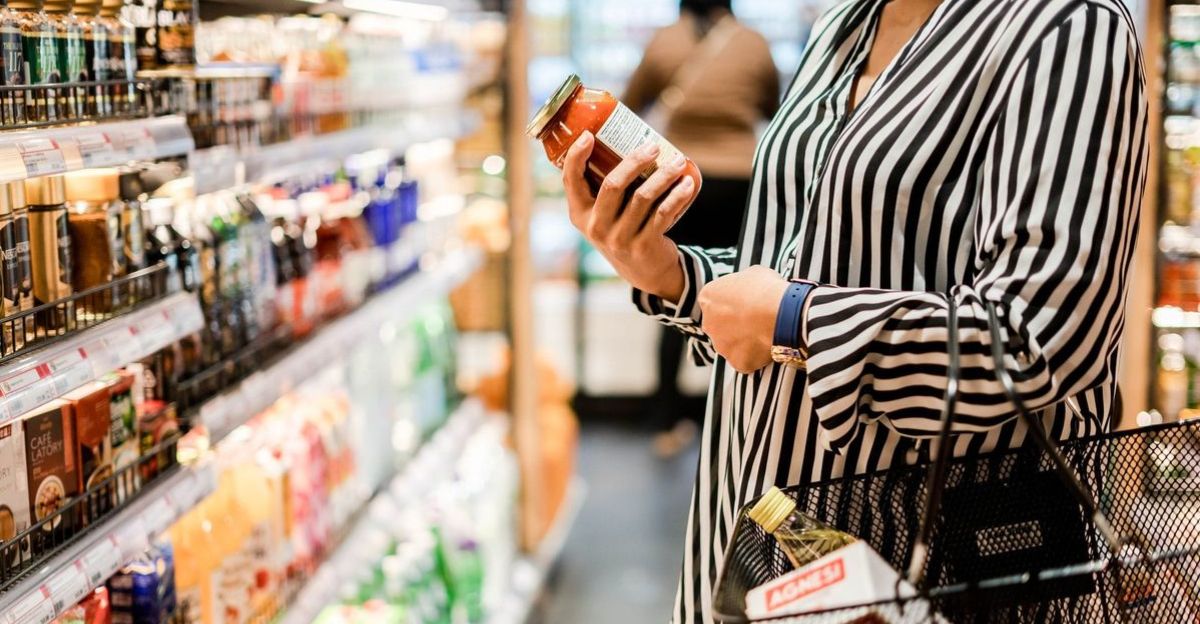
Skimpflation is when a product drops in quality, but the price stays the same, making it more expensive in disguise. Consumer watchdog Mouseprint found that Conagra reformulated its Wish-Bone Italian dressing with 22% less oil and 30% more salt, without lowering the price.
Research in academic journals shows that consumers see quality cuts as worse than price hikes. Economists warn that this tactic is hard to detect, making it an easy way for companies to boost profits while staying under the radar.
#3: Drip Pricing
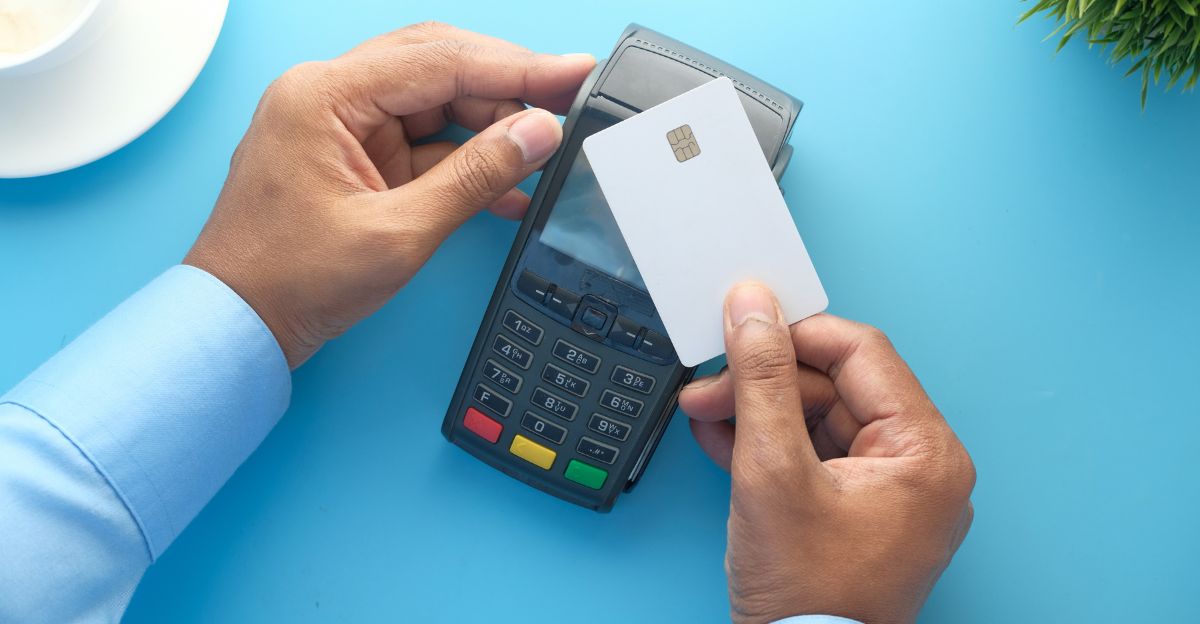
You think you’re getting a good deal, then boom, a mystery fee pops up right before you pay. In the UK alone, online shoppers pay an extra £2.2 billion annually in surprise add-ons. From airlines to ticket sites and grocery apps, it’s everywhere.
Ticketmaster and SeatGeek now have to show full prices upfront, after the FTC found they were tacking on fees that made concert tickets up to 60% more expensive.
#4: Algorithmic Personal Pricing

Retailers are now using algorithms to decide what you pay, adjusting prices in real time based on your location, browsing habits, and even device. On July 8, 2025, New York became the first state to require businesses to disclose when prices are algorithm-driven. The National Retail Federation quickly filed a lawsuit, claiming the rule would hurt retailers.
Meanwhile, a Gartner survey shows 68% of shoppers feel exploited by personal pricing. From Uber rides to online groceries, Americans already pay different prices for the same products. As trust erodes, the next wave of invisible price hikes may hit your monthly subscriptions.
#5: The “10 for $10” Trick
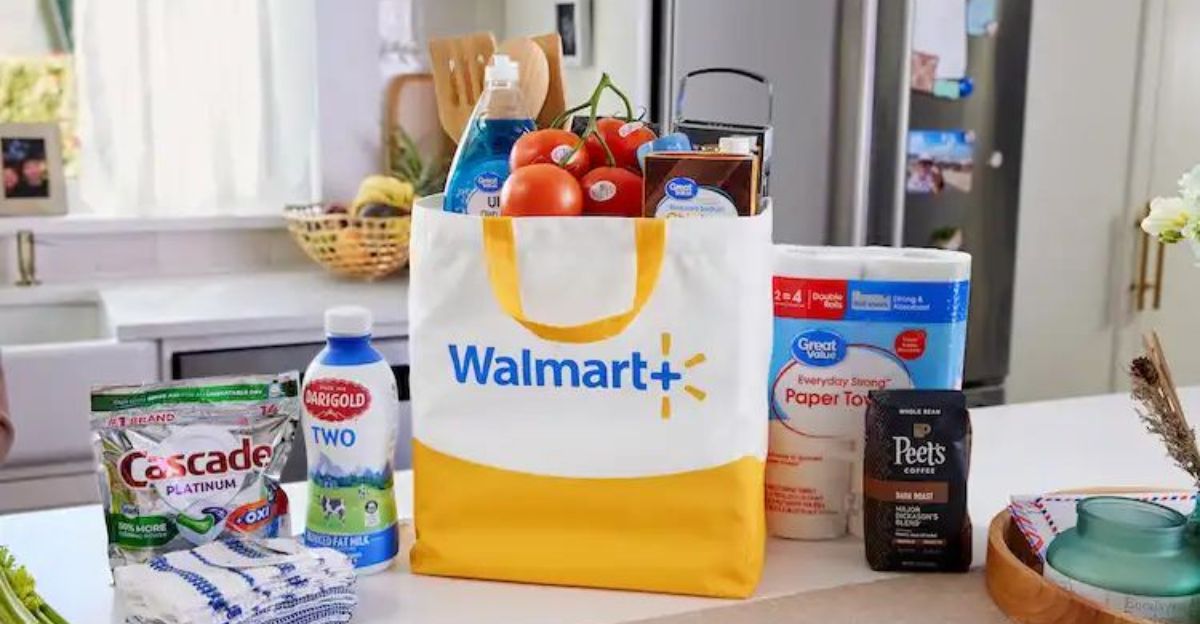
Big retailers like Walmart and Target use “10 for $10” deals to make you think you’re getting a steal. These offers pop up a lot during busy seasons, especially holidays, pushing shoppers to grab more than they planned. The catch? The price per item is often the same as buying just one, or sometimes even higher.
During the 2024 holidays, both stores pushed toys and gifts under $10 to attract buyers. It’s a smart move for retailers because it boosts sales, but customers end up spending more, not less, while feeling like they scored a bargain.
#6: Manufactured Scarcity
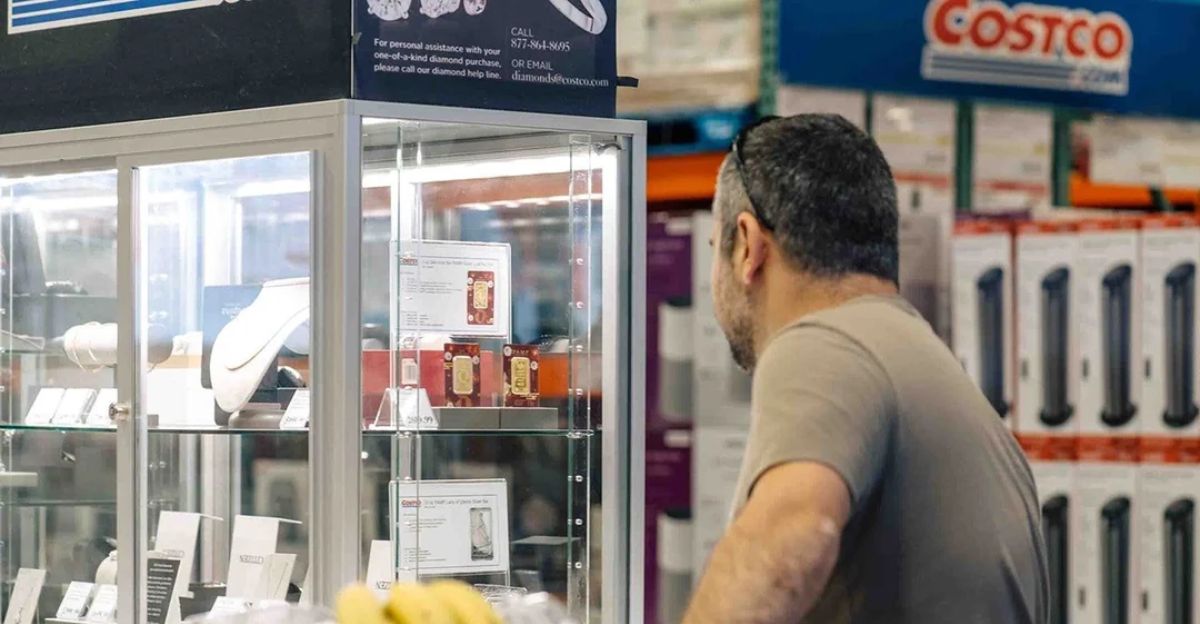
Limits like “only 2 per customer” may look like supply protection, but they’re often just a tactic to boost demand. Scarcity makes products feel more valuable, even when they’re not. A 1975 study by Worchel, Lee, and Adewole found that people rated cookies from a nearly empty jar as more desirable than the same cookies in a full jar.
Costco now limits gold-bar purchases to two per member per day, which keeps demand and prices high.
During the 2022 baby formula shortage, CVS, Walgreens, and Target set strict purchase caps. Sam’s Club did the same with rice in 2008. Whether real or not, scarcity sells, and often, it pushes prices up.
#7: Fake Discounts
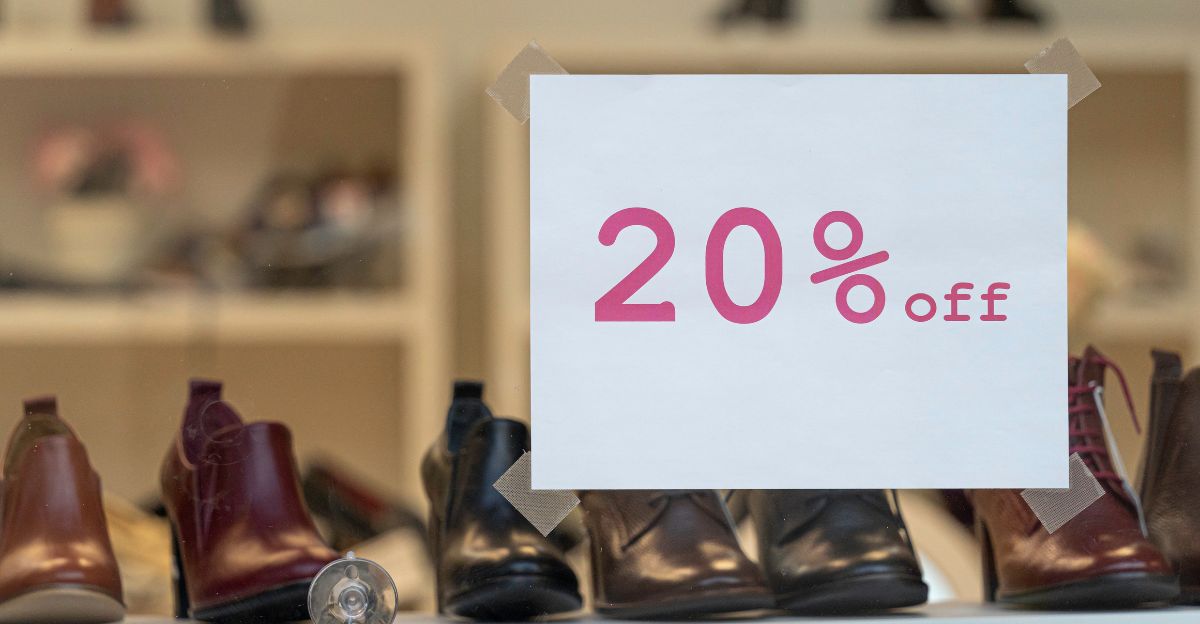
This trick is called false reference pricing. Stores raise the “original” price of an item just so they can mark it down later and make it look like a huge discount. But that deal? It’s often not real.
JCPenney once tried honest pricing and lost shoppers fast. Class-action suits in California claim JCPenney, Macy’s, and Kohl’s inflate “original” prices online to create fake markdowns of 40–60%. PriceSpy found some stores run sales so often that the “discount” price is actually what most people pay all year.
#8: The $0.99 Trick
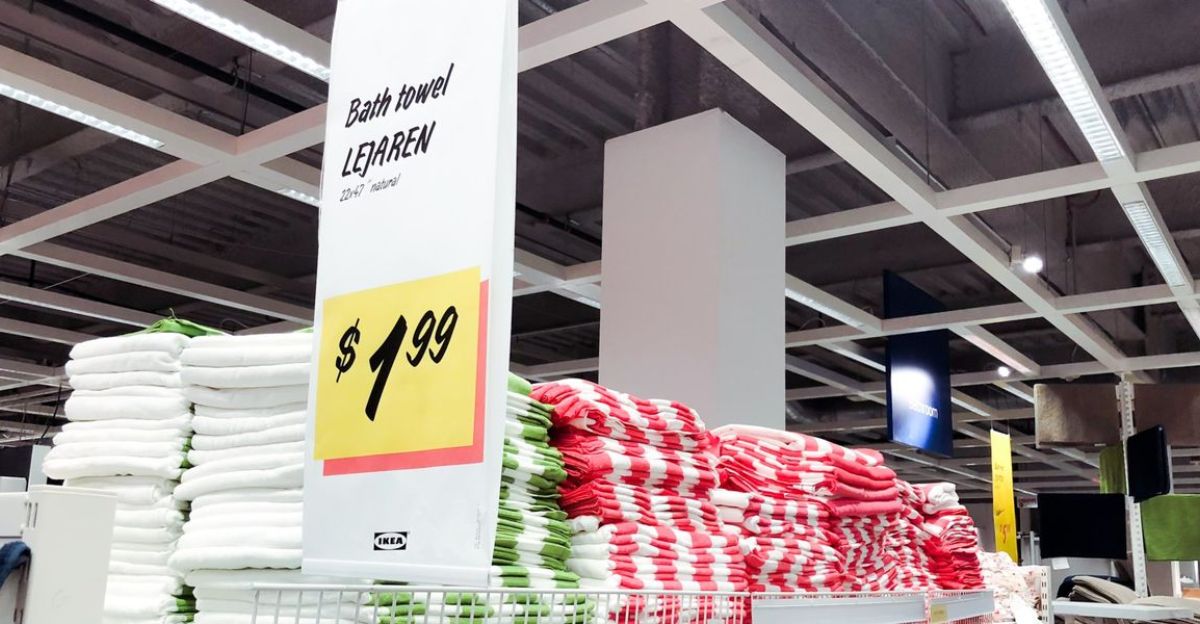
Charm pricing is when stores price items just under a round number, like $9.99 instead of $10. It’s everywhere, used by Walmart, Target, Best Buy, and discount stores alike. Over 60% of ads end prices with .99 to make things seem cheaper than they really are. This plays on how our brains focus on the first digit, so $9.99 feels much less than $10.
Even cashiers handling pennies make the price feel real. It’s a small trick that nudges shoppers to spend more without even realizing it.
#9: Price Anchoring
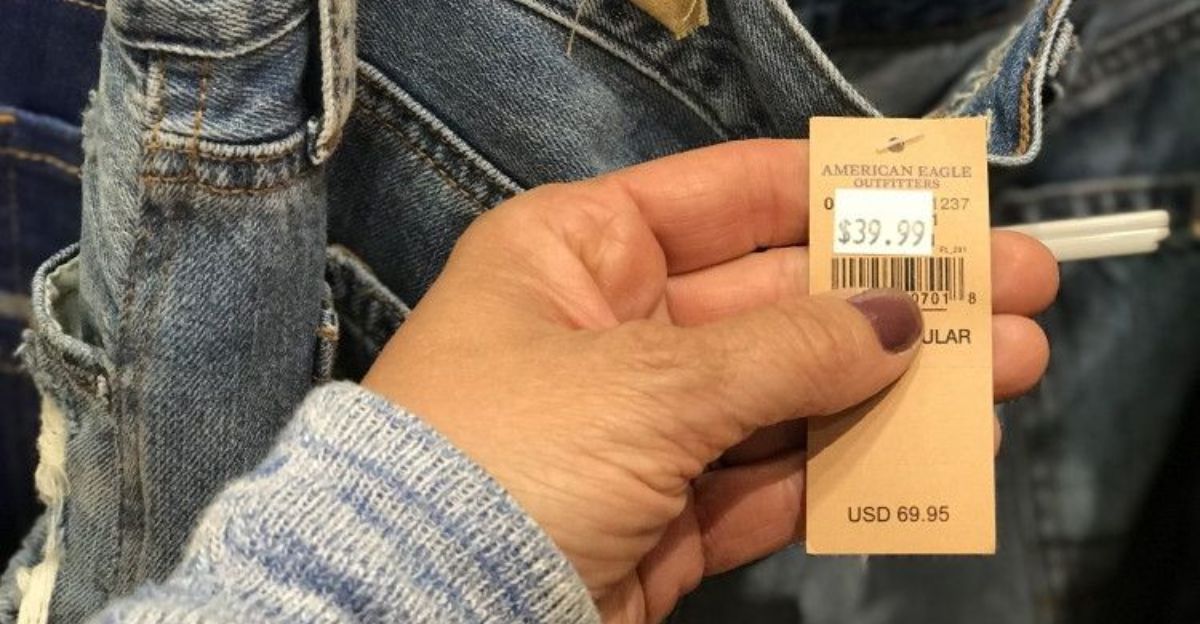
Price anchoring is common in stores like Macy’s, Kohl’s, and JCPenney, and online too. They show a high “original” price next to a “sale” price to make the deal look huge, even when the item rarely sells for that high. For example, a jacket might say “$180 (was $300),” but $300 is just made up.
Online, retailers use strikethrough prices and options to push shoppers toward mid-priced items that earn them more. The anchoring effect is strong enough to make people believe an item is a good deal, even if the high price shown isn’t real.
Inflation’s Shadow Economy

These tactics all share a common thread: obvious price hikes trigger backlash, but hidden ones slide by. From skimping on ingredients to AI-driven upcharges, complexity is being used as camouflage. Regulators are starting to push back, but enforcement still trails innovation.
For shoppers, awareness is key. Track unit prices, read the fine print, and use tools that reveal price history. The bigger picture? In a crowded market, transparency might be the smartest strategy a brand can choose, and the most loyal customers will follow those who choose it.